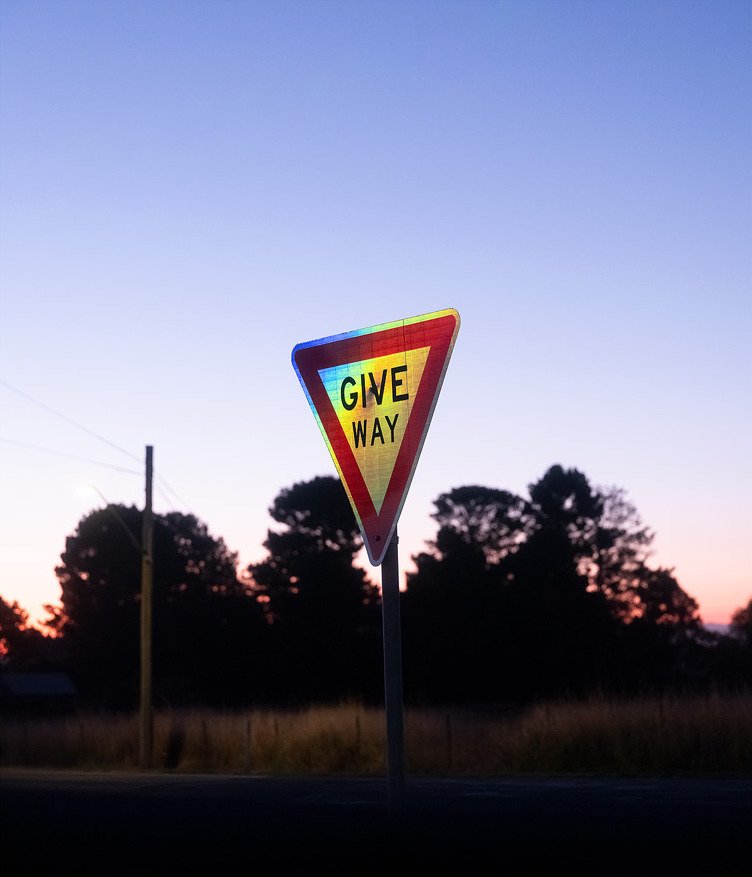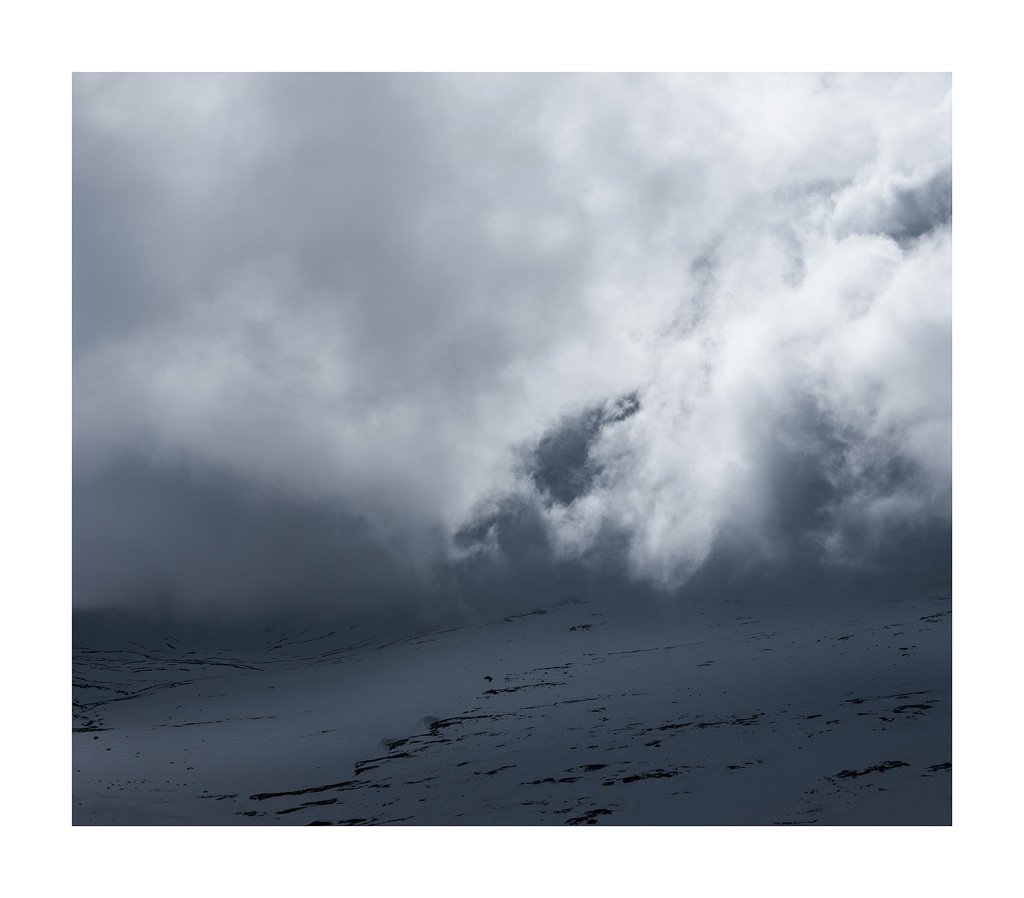School holidays brought with it a roundtrip out to visit relatives in the Blayney region of NSW. A three-hour drive from Sydney, Blayney is a true NSW country town with wide streets and good eats (as the extra few kilograms I packed on will attest). It’s also a close base to head out to the larger towns of Orange and Bathurst.
Pretty dry with the big blue skies country Australia is famous for. Come canola season and I imagine the area will look quite different.
Something that struck me immediately is how dry it was out there at the moment. This region of NSW hasn’t had much rain, so much of the landscape was a washed out yellow colour. There were several grass fires that started up while we were there. Come rainfall and the change in seasons, and this will shift again.
I was quite taken with the wind farms in the region. I’ve always found them quite mysterious. When you are parked up right underneath one of the superstructures, they make the most odd, unsettling noise. It’s quite something. There are more out here than I remember from visiting before, with the improved infrastructure and roads to match.
There are plenty of wind farms out this way. You can get quite close to some of them. The late-afternoon light really worked here.
Here’s another wind farm scene closer to sunset. I especially like the way the dust and insects are lit up by the backlight.
The photos I came back with from this trip are interesting because they definitely appear to be quite subtle. I think that’s the direction I’m headed in. Even the editing was mostly handled in Camera RAW. I think only one or two of the images made it into Photoshop for more extensive edits, but that’s what I prefer these days. Minimalism, subtlety, interesting light… That’s where I am and what I look for.
I don’t imagine most of these images would be received well by the general public, but that’s the beauty of having no fans or followers: You shoot only for yourself. For me, it’s still rewarding when I take an image that is different somehow, or speaks to the mood of a place (the ‘vibe’, as my daughter would say).
There are some beautiful cottages in Blayney like this pink number. I also loved the shed up the back and classic ‘curvy’ fence.
I was also struck with this very simple scene around the corner. There was a time I would have cloned out the foilage in the bottom, but now I like to leave these elements in.
This was also the first trip out for the Gilmmerglass 1 diffusion filter. I’m always trying to shave that digital edge off my images, and this seemed like a good way to go about it. It’s very similar to the Tiffen Pro Mist but perhaps retains more original contrast. To be honest, and I hate to use the word again, but it’s very subtle. You do notice it more about halation with lights, but regular photos? Perhaps not so much. For now I’ll leave it on and see how we go.
A good example of the Glimmerglass 1 diffusion filter in action removing some of that digital harshness and adding halation and bloom to the highlights, giving this tree an impressionistic look.
Originally, we stopped here on the highway because the farmer on the other side of the road was ploughing his field and sending this plume of dust into the air, but he was gone by the time we got organised. The dust remained in the air for this scene in the opposite direction, though.
I think there’s a lot more to explore in this area, so we’ll be back. There’s a larger trip planned to Japan this year, which should offer more photographic opportunity. I’d also like to get some more analog work happening again too.
Thanks for reading.
As always, you can a gallery of the images that didn’t make it below.
Here is an interesting one. This is looking down into the water at Carcoar dam. You have the reflection of a cloud and a weed growing out from the jetty. It’s very simple and very subtle, which is just the way I like it.
In a similar vein, this silhouette of a lovely old church at Millthorpe is also quite subtle. I originally corrected the angle, but I actually prefer this skewed version with only the hint of sunset in the background.
Also in Millthorpe, I couldn’t resist hanging out the window (and across the wife) when our car lights did something magical to this sign.
































































